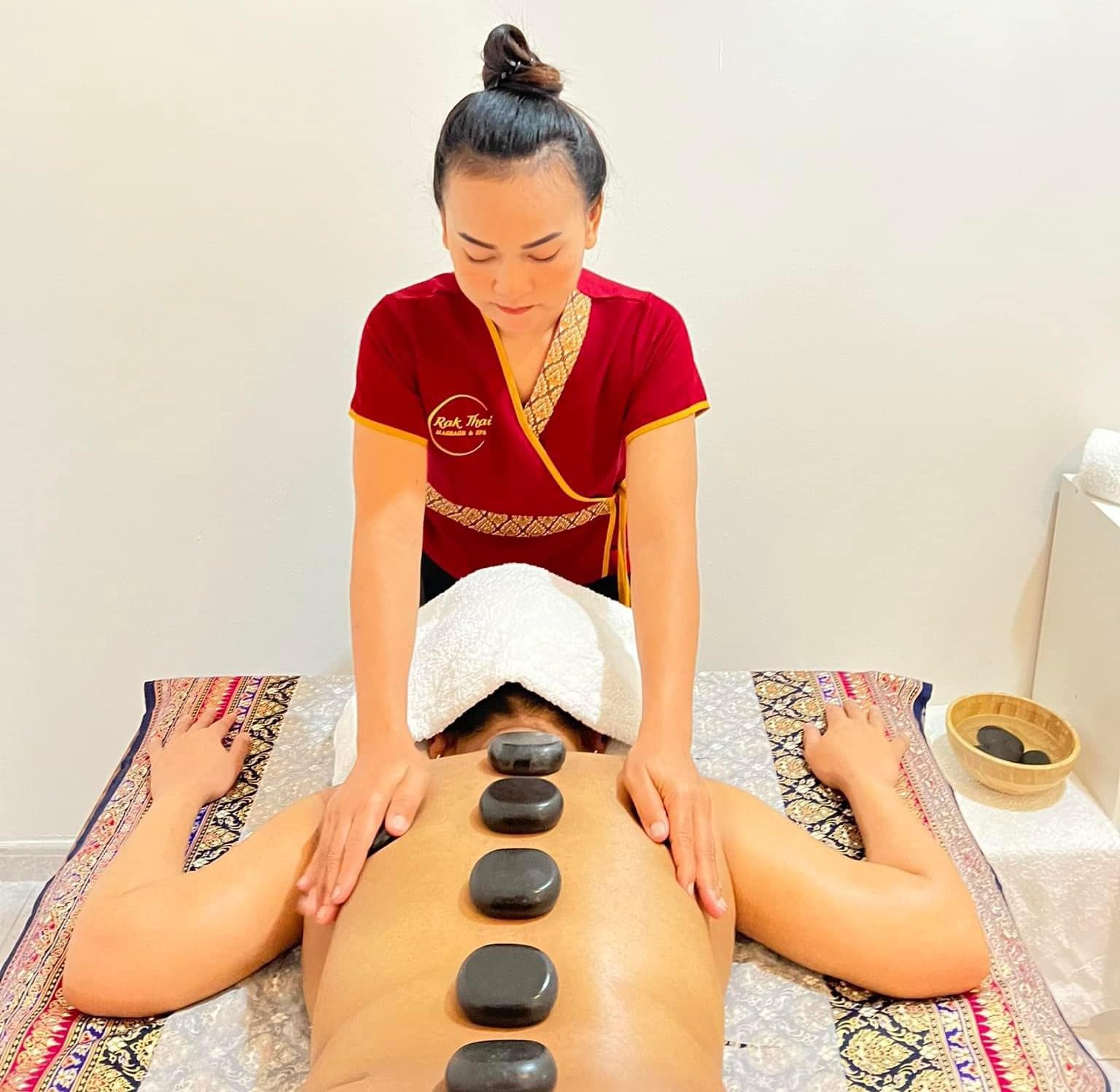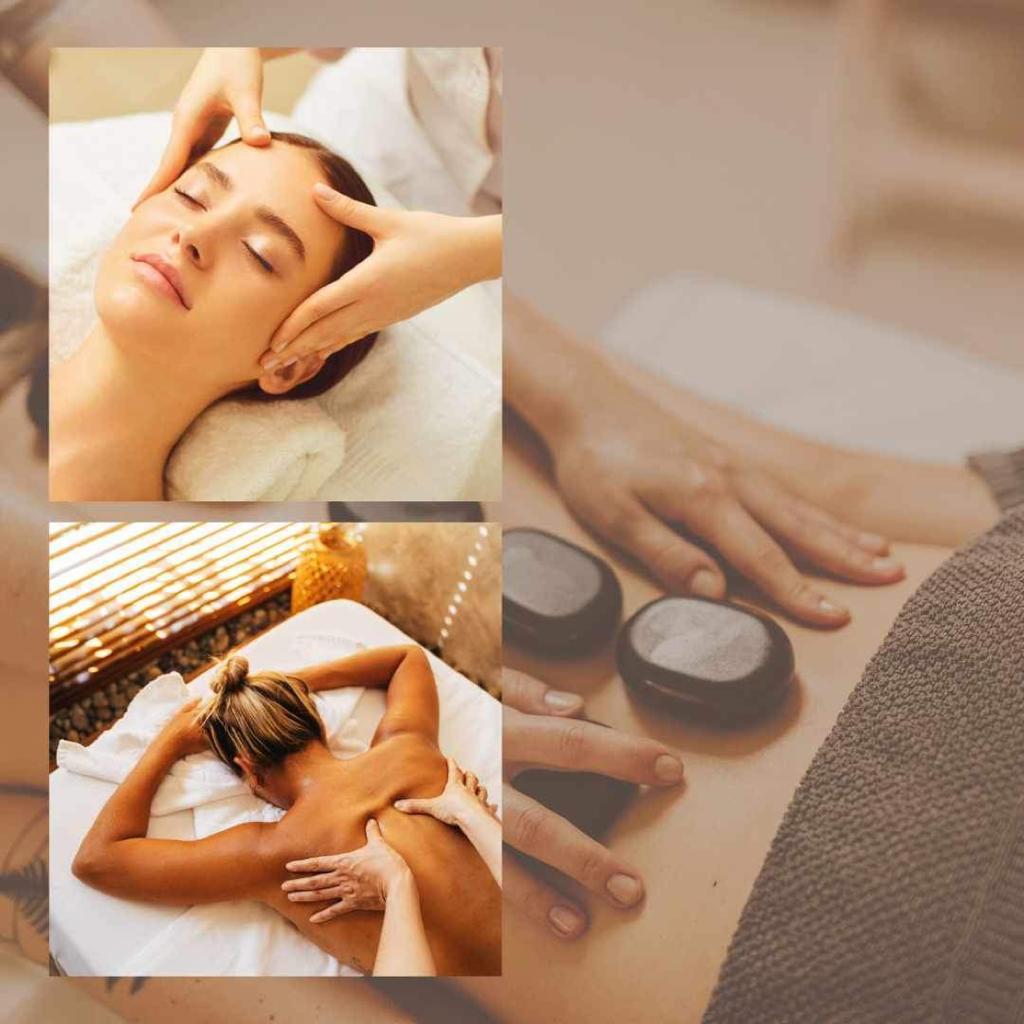
Thai massage is a unique form of bodywork that combines assisted yoga postures, acupressure, and energy work.
Here are the main differences between Thai massage and regular massage:
- Location and Positioning: Thai massage takes place on a floor mat, allowing for a wider range of motion and greater accessibility for the therapist. In contrast, regular massages typically occur on a massage table.
- Techniques: Thai massage incorporates yoga-like stretches, acupressure, and energy work, whereas regular massages often focus on kneading, rolling, and stroking with the hands.
- Pressure: Thai massage can be firmer and more dynamic, incorporating stretches and poses, whereas regular massages may be more gentle and focused on relaxation.
- Energy Focus: Thai massage aims to balance and harmonize the body’s energy (Sen) through specific pressure points and movements, whereas regular massages may not have this same energy-focused approach.
- Holistic Approach: Thai massage is rooted in traditional Thai medicine and incorporates elements of yoga, Ayurveda, and Chinese medicine, making it a more holistic and integrated form of bodywork.
Comparison with Other Massage Techniques
- Deep Tissue Massage: Thai massage is more dynamic and incorporates stretches and poses, whereas deep tissue massage focuses on firm pressure and targeted areas.
- Swedish Massage: Thai massage is more energetic and incorporates yoga-like movements, whereas Swedish massage is generally gentler and focuses on relaxation and stroking.
What to Expect
- Unique Experience: Thai massage is an adventure-like experience that combines physical movement, pressure, and energy work.
- Increased Flexibility: Thai massage can help increase flexibility and range of motion due to its focus on assisted yoga postures and stretches.
- Stress Relief and Relaxation: Thai massage can be deeply relaxing and help reduce stress, making it an excellent choice for those seeking a holistic and rejuvenating experience.
Remember, every massage therapist and style may vary, so it’s essential to communicate with your therapist about your preferences and needs.
![]()


